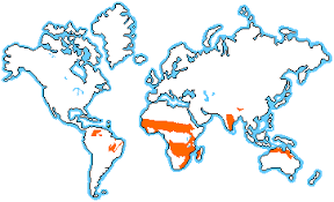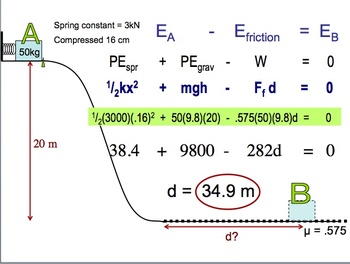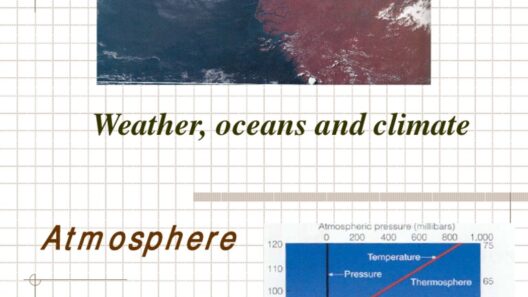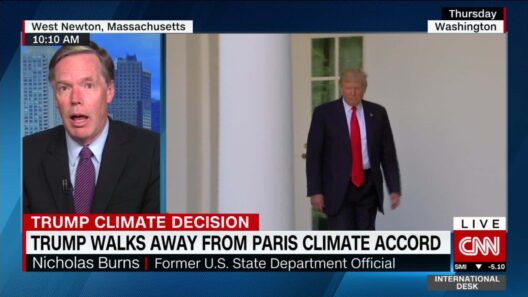The tropical savanna climate, a captivating realm defined by its unique meteorological attributes, stands as a testament to the earth’s kaleidoscopic ecological tapestry. Positioned primarily between the tropics, this climatic zone is notable for its intricate dance between wet and dry seasons, rendering it both vivid and dynamic. Enthralling in its vibrancy, the tropical savanna encapsulates vast expanses of grasslands punctuated by sporadic trees and shrubs, forming ecosystems that teem with life. It’s essential to delve into the characteristics, ecological significance, and the pressing challenges faced by these remarkable habitats.
Characterized by a distinct alternation of seasons, the tropical savanna climate features a pronounced dry season that juxtaposes against a shorter, yet intense wet season. During the wet months, typically occurring during the warmest parts of the year, rainfall is abundant, nurturing life across the plains. This precipitation is crucial; it ignites a series of biological processes that supports a dense network of flora and fauna. Conversely, the dry season, often extreme, presents its own set of challenges with prolonged droughts. The interplay between these two seasons crafts a unique environmental balance, influencing not only the growth patterns of vegetation but also the behavioral ecology of countless species cohabiting these landscapes.
Vegetation within tropical savannas is notably diverse, burgeoning with grasses that can reach impressive heights alongside sparse trees. The treed areas, often clumped or scattered, are mostly drought-resistant species that have adapted to the prevailing climatic conditions. Iconic examples include the acacia tree and the baobab, both resilient to the demanding seasons. These communities serve not merely as a backdrop but as crucial habitats that support a myriad of wildlife. Grazing herbivores thrive on the lush grasses, while carnivores rely on these herbivores for sustenance, creating an intricate web of interdependence.
One cannot discuss the tropical savanna climate without acknowledging the intersection of human activity and these fragile ecosystems. Historically, much of the world’s conversion from wild to cultivated lands has occurred within these biomes. Agricultural expansion, deforestation, and urbanization present profound threats, jeopardizing the stability of these ecosystems. This anthropogenic pressure has, in many instances, led to habitat degradation, fragmentation, and a subsequent decline in biodiversity. The shift in land use alters natural water runoff patterns, destabilizes the soil, and disrupts the delicate balance of flora and fauna, leading to an often irreversible transformation of the landscape.
Despite these encroachments, the promises inherent in adopting environmentally sustainable practices within tropical savannas are immense. Initiatives such as agroforestry, where trees provide benefits alongside agricultural pursuits, exemplify methods that respect the ecological nuances of these regions. Moreover, the integration of traditional ecological knowledge with contemporary science can furnish invaluable insights into soil management and resource conservation, fostering practices that enhance resilience against climate fluctuations. Through these methods, it is possible to negotiate a harmonious coexistence with nature while pursuing agricultural productivity.
Climate change, an inescapable specter looming large, exacerbates the vulnerabilities of tropical savanna climates. The frequency and intensity of droughts are expected to escalate, placing immense strain on already stressed ecosystems. Rising temperatures could shift the delicate balance of flora, leading to a possible decline in native species and the encroachment of invasive varieties. The savannas, known for their rich biodiversity, may witness shifts that dramatically alter their ecological composition and the services they provide, from carbon sequestration to soil fertility.
Nevertheless, the tropical savanna can be viewed through a lens of optimism. The ecosystems within these environments demonstrate remarkable resilience and adaptability. By fostering sustainable land management practices and enhanced conservation efforts, there is a tangible opportunity to mitigate detrimental impacts. Communities can be empowered to adopt a stewardship ethos, cherishing their environmental heritage while harnessing it as a foundation for economic and social development.
The interplay of biodiversity and ecosystem services within tropical savannas forms a crucial underpinning for human livelihoods. These grasslands provide not only forage for livestock but also play a significant role in carbon storage, water filtration, and soil stabilization. Harnessing the benefits of this ecosystem is paramount for addressing global challenges ranging from food security to climate resilience. Education and awareness campaigns highlighting these issuess can pique curiosity and foster a profound appreciation for these invaluable ecosystems, inspiring collective action. The enthralling allure of tropical savannas, a symphony of sunlit grasslands and scattered trees, beckons for protection and reverence.
In conclusion, the tropical savanna climate represents a vital, yet vulnerable component of our planet’s ecological fabric. Its unique climatic characteristics and rich biodiversity encapsulate the essence of nature’s balance. As stewards of the environment, there lies an imperative to shift perspectives and recognize the intrinsic value of these ecosystems. By prioritizing sustainability and embracing innovative conservation practices, it is possible to protect these biomes for generations to come. The tropical savanna is not merely a climate; it is a profound narrative of resilience, adaptation, and the relentless pursuit of harmony with our planet.








